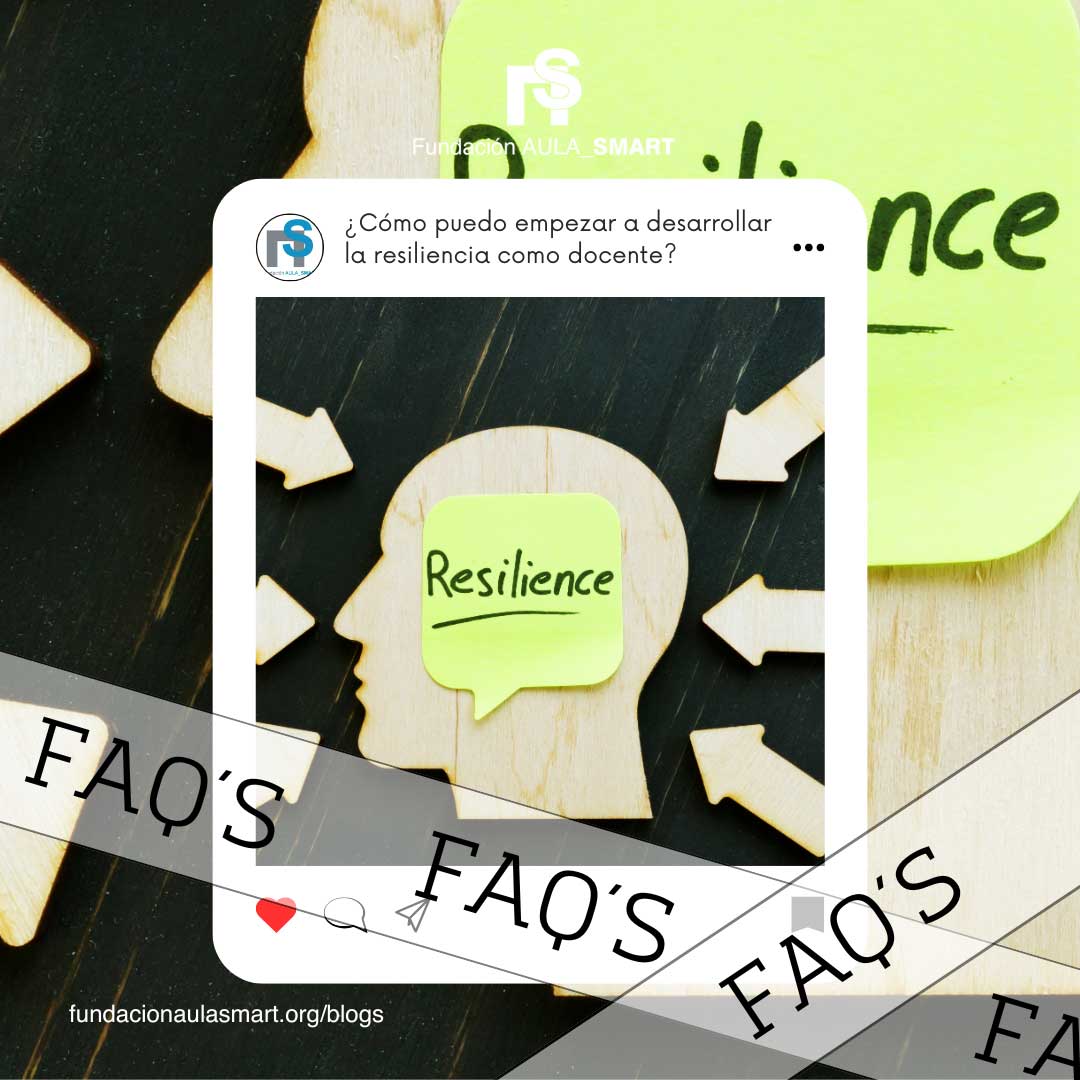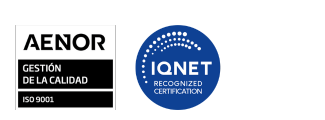Personalized learning through technology
Introduction to personalized learning
What is personalized learning?
Personalized learning is an educational approach that adapts the content, resources and teaching strategies to the individual needs and preferences of each student. Unlike traditional teaching models, where all students receive the same instruction at the same time, personalized learning recognizes that each person has a unique rhythm and style. Technology plays a crucial role in this approach, facilitating content adaptation and monitoring of individual progress.
The role of technology in personalized education
Technology has revolutionized personalized learning by allowing the creation of learning experiences adjusted to the needs of each student. From e-learning platforms to artificial intelligence systems, technological tools help identify the strengths and weaknesses of students, offering content adapted to their levels of understanding. This adaptation not only improves performance, but also increases motivation by offering appropriate challenges to the individual's abilities.
Evolution of personalized learning in the 21st century
The personalized learning concept is not new, but its evolution has gained impulse in the 21st century thanks to technological development. Previously, custom methods depended largely on teachers and tutors, which limited their large -scale application. However, with the Big Data boom, online learning platforms and smart systems, it is now possible to offer personalized learning to a mass audience. This trend is transforming traditional education, creating a more flexible experience adapted to each student.
Advantages of personalized learning in the educational environment
Increase in motivation and commitment
Personalized learning has a direct positive impact on the motivation and commitment of students. By offering content that adapts to their interests and skill level, students feel greater control over their learning process. This allows them to progress at their own pace, which reduces frustration and discouragement that often arises in traditional teaching methods. In addition, customization encourages a more interactive and attractive learning environment.
Improvements in academic performance
By adjusting the content and teaching methods to the specific needs of each student, personalized learning helps improve academic results. Students who receive lessons and tasks aligned with their skills are more likely to better understand concepts and retain long -term information. Technology facilitates this process by identifying areas of weakness and providing reinforcement resources that help students overcome their difficulties.
Flexibility to adapt to different learning styles
One of the greatest benefits of personalized learning is its ability to adapt to different learning styles. Some students are more visual, while others prefer auditory or kinesthetic learning. Technological tools allow educators to offer a variety of multimedia resources, such as videos, interactive graphics and simulations, which fit these learning styles. This guarantees that each student receives the instruction in the manner that best suits their preferences.
Technological tools for personalized learning
Online learning platforms (e-learning)
Online learning platforms are fundamental for personalized learning, as students allow access to content adapted to their level and rhythm. Several of these platforms offer a wide variety of courses and modules adjustable to user preferences. These tools usually include characteristics such as automatic evaluations and progress -based recommendations, which facilitates a more individualized educational experience.
Artificial Intelligence Applications in Education
Artificial intelligence (AI) is transforming education through the creation of systems that can analyze the performance of students and offer custom content and strategies. Tools such as smart tutors and automatic response systems allow students to receive instant feedback and adapted to their needs. In addition, AI can predict which areas need more attention, adjusting the real -time curriculum to maximize learning.
Algorithms of recommendation and customization of educational content
Recommendation algorithms, similar to those who use platforms such as Netflix or YouTube, also play an important role in personalized learning. These algorithms analyze the study habits and the progress of each student to suggest content that is relevant and adequate at their level of understanding. This not only optimizes study time, but also ensures that students access the resources they need at the right time to maximize their learning.
Impact of Big Data and learning analytics
Use of data to understand student progress
Big Data has revolutionized the way in which data is collected and analyzed in the educational field. By monitoring each students interaction with learning platforms, educators can collect detailed information about individual progress. These data allow identifying behavior and performance patterns, which facilitates informed decision making to customize content and adjust real -time teaching strategies.
Identification of individual needs through data analysis
The learning analytics helps identify the individual needs of each student through the analysis of large volumes of data. When examining aspects such as task completion rates, the time spent studying and the areas in which students present more difficulties, educators can intervene more efficiently. This information allows you to adjust the curricula to provide specific support to each student, thus optimizing the learning process.
Improvement of educational plans through learning analytics
Learning analytics not only improves personalization at the individual level, but also offers a broader vision that helps educational institutions to refine their teaching programs. By using data analysis, administrators can evaluate the effectiveness of different pedagogical methods and modify educational plans based on the trends observed. This results in a more dynamic and adaptive approach to the creation of academic programs, benefiting both students and educators.
Gamification and adaptive learning
How gamification improves personalized learning
Gamification is a strategy that applies elements of games, such as rewards, levels and challenges, in educational contexts. By integrating gamification into personalized learning, students are motivated to participate actively and achieve their learning objectives in a playful way. Educational gamification platforms offer personalized experiences that adjust the difficulty according to the student's progress, maintaining the commitment and promoting healthy competition.
Benefits of adaptive learning
Adaptive learning uses algorithms and technology to adjust the content and activities based on the performance of each student. As students interact with the content, the system collects data on their performance and adjusts the level of difficulty or the issues presented below. This approach ensures that students do not face too advanced or too basic content, optimizing their progress continuously.
Platforms that integrate gamification and adaptation
There are several platforms that combine gamification with adaptive learning to offer a more dynamic and personalized experience. They use adaptability to adjust the lessons according to the answers and the level of understanding of the students. Game elements also apply, such as daily goals and rewards, while adapting language lessons to the individual users of users.

Virtual and augmented reality in personalized learning
Creation of immersive learning environments
Virtual reality (VR) allows you to create immersive learning environments that transport students to simulated scenarios in which they can interact and learn in a practical way. These environments allow students to explore situations that would be difficult to replicate in the physical world, such as virtual laboratories, historical experiences or space exploration. The personalization of these environments is possible thanks to technology, which adjusts the simulations according to the needs and progress of the student.
How virtual reality is transforming education
Virtual reality is transforming education by offering new ways to interact with educational content. With VR, students can practice skills, solve complex problems and perform experiments safely and controlled. For example, platforms such as Oculus Education allow the simulation of animal dissections or visit to historical sites, making learning more interactive and personalized according to the level of knowledge of each student.
Augmented reality for real -time content customization
The augmented reality (AR) allows to overlap digital content in the real world, creating a layer of information that students can use to learn more interactively. AR applications such as Google Lens facilitate learning of learning, allowing students to access additional information in real time according to the context. These tools offer students personalized learning experiences by allowing them to interact with digital objects at their own rhythm.
Challenges of personalized learning through technology
Technological Barriers and the Digital Gap
One of the main challenges of personalized learning promoted by technology is the digital gap. Not all students have access to technological devices or a stable Internet connection, which creates inequalities in access to personalized learning opportunities. Educational institutions face the challenge of closing this gap, ensuring that all students have equitable access to the necessary technological tools to participate in personalized programs.
Data privacy and ethical concerns
The collection and use of large volumes of data to customize learning propose important concerns about students' privacy. Personal data, such as study habits, scores and interactions, are used to create learning profiles, which generates questions about how these data are managed and protect. Institutions must implement rigorous privacy policies and comply with data protection regulations, such as GDPR, to ensure that students are safe.
The teacher's role in a personalized digital environment
As technology plays a more important role in learning personalization, the question of what is the role of the teacher arises. Although technology can offer personalized recommendations, educators are still essential to guide students, interpret the data and provide emotional and social support. The challenge lies in finding the appropriate balance between the automation of learning and the active role of the teacher, ensuring that technology complements, but does not replace, human teaching.
Future of personalized learning with technology
Artificial intelligence and automatic learning as the next step
The future of personalized learning will be promoted by artificial intelligence (AI) and automatic learning (Machine Learning). These technologies have the potential to create even more personalized learning experiences, automatically adjusting to the changing needs of students in real time. Automatic learning algorithms may predict which content is more effective for each student, providing even more precise and optimized recommendations.
Possibilities of hybrid education: face -to -face and online
Hybrid education, which combines face -to -face teaching with online learning tools, represents one of the greatest opportunities for the future of personalized learning. This approach allows students to access personalized resources outside the classroom, while within the class they receive direct support from educators. This combination offers the best of both worlds, allowing personalization that would not be possible only in physical or virtual environments.
Emerging innovations in educational personalization
As technologies advance, new innovations in personalized learning will arise, such as the use of brain-compliment interfaces (BCI), emotional artificial intelligence and more advanced predictive analysis. These innovations can adapt the lessons not only depending on academic performance, but also considering emotional and psychological factors that influence learning. The future of personalized education will be increasingly immersive, dynamic and student centered.
Conclusion
Summary of the key benefits of personalized learning
Personalized learning, facilitated by technology, has transformed education by adapting to the individual needs of students. This approach encourages greater commitment, improves academic performance and offers flexibility to address different learning styles. Thanks to tools such as artificial intelligence, gamification and adaptive learning, the future of education will be increasingly dynamic and focused on student needs.
The importance of integrating technology and personalization in the future of education
As emerging technologies continue to evolve, it is essential that educational institutions adopt personalized learning to prepare students effectively. The combination of customization and technology not only improves learning, but also has the potential to close educational gaps, offering each student a unique and effective experience. The future of personalized learning depends on the effective integration of these innovations, ensuring that education is accessible and relevant to all.
Frequent questions (FAQS)
How does technology improve personalized learning?
Technology allows adapting the contents, rhythm and teaching strategies to the needs of each student, offering personalized experiences that optimize performance and motivation.
What technological tools are more effective for customization in education?
Among the most effective tools are e-learning platforms, artificial intelligence, recommendation algorithms, and emerging technologies such as virtual and augmented reality.
What is the future of personalized learning with artificial intelligence?
Artificial intelligence will make customization even more precise, automatically adjusting the curricula based on the progress, needs and emotions of students in real time.
How does traditional teaching adapt to personalized learning?
Traditional teaching adapts integrating technologies that complement the role of the teacher, allowing this coexist approach to personalized instruction through digital platforms.
What challenges faces personalized learning in the educational field?
Some of the main challenges include the digital divide, the privacy of the data and the need to redefine the role of teachers in highly personalized digital environments.




















Leave a comment
All comments are moderated before being published.
This site is protected by hCaptcha and the hCaptcha Privacy Policy and Terms of Service apply.